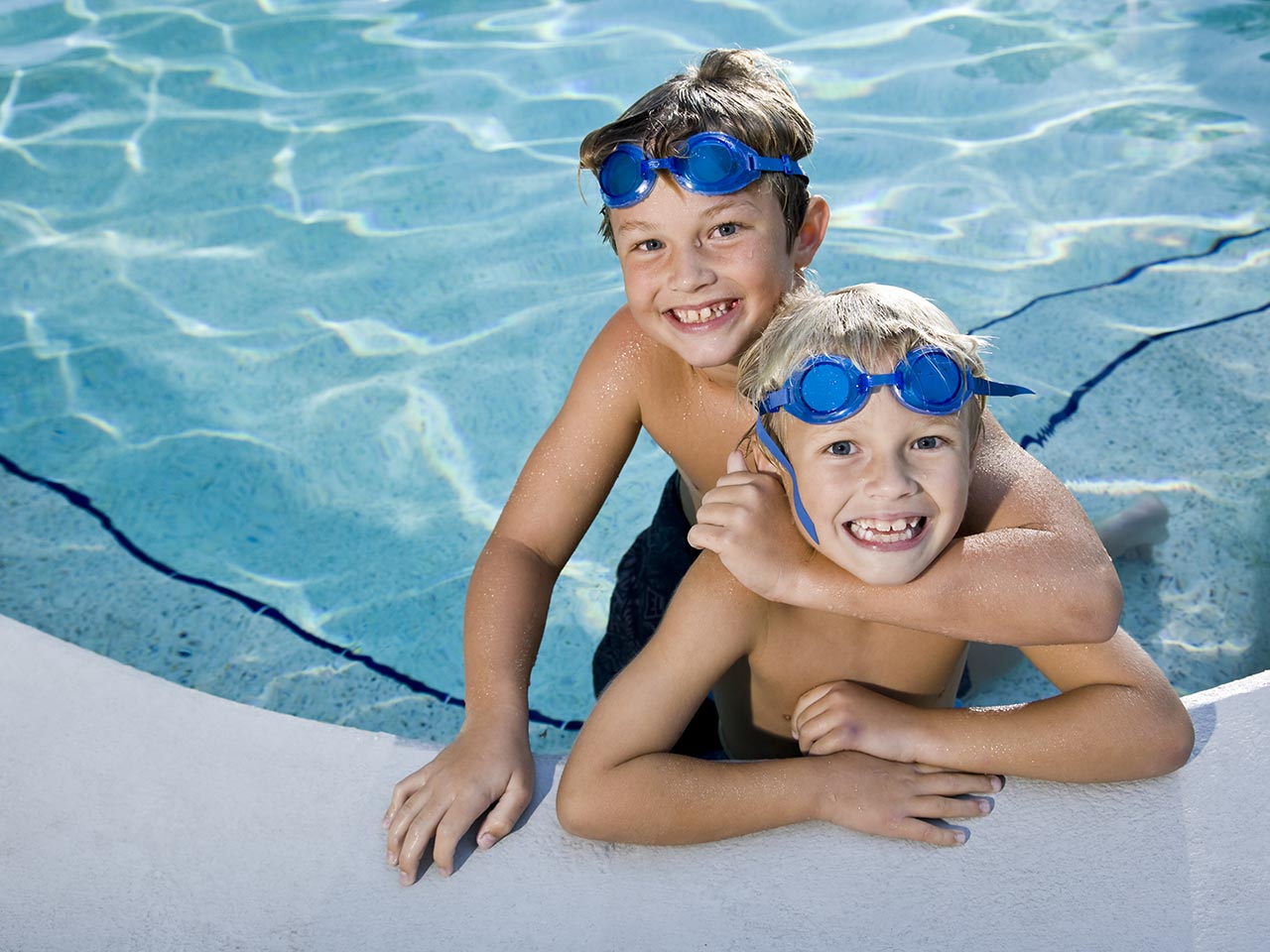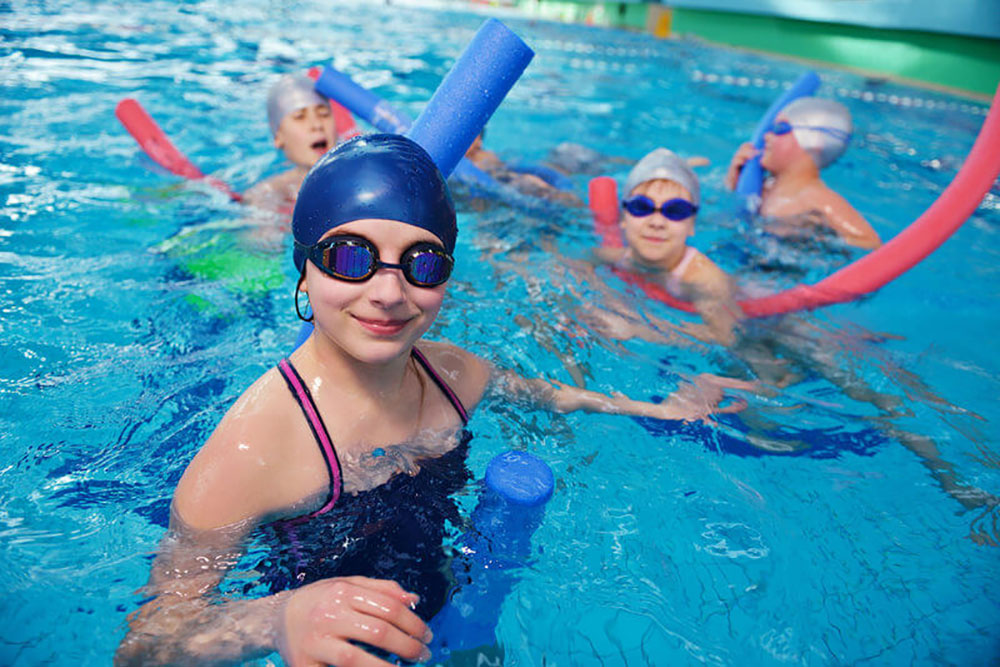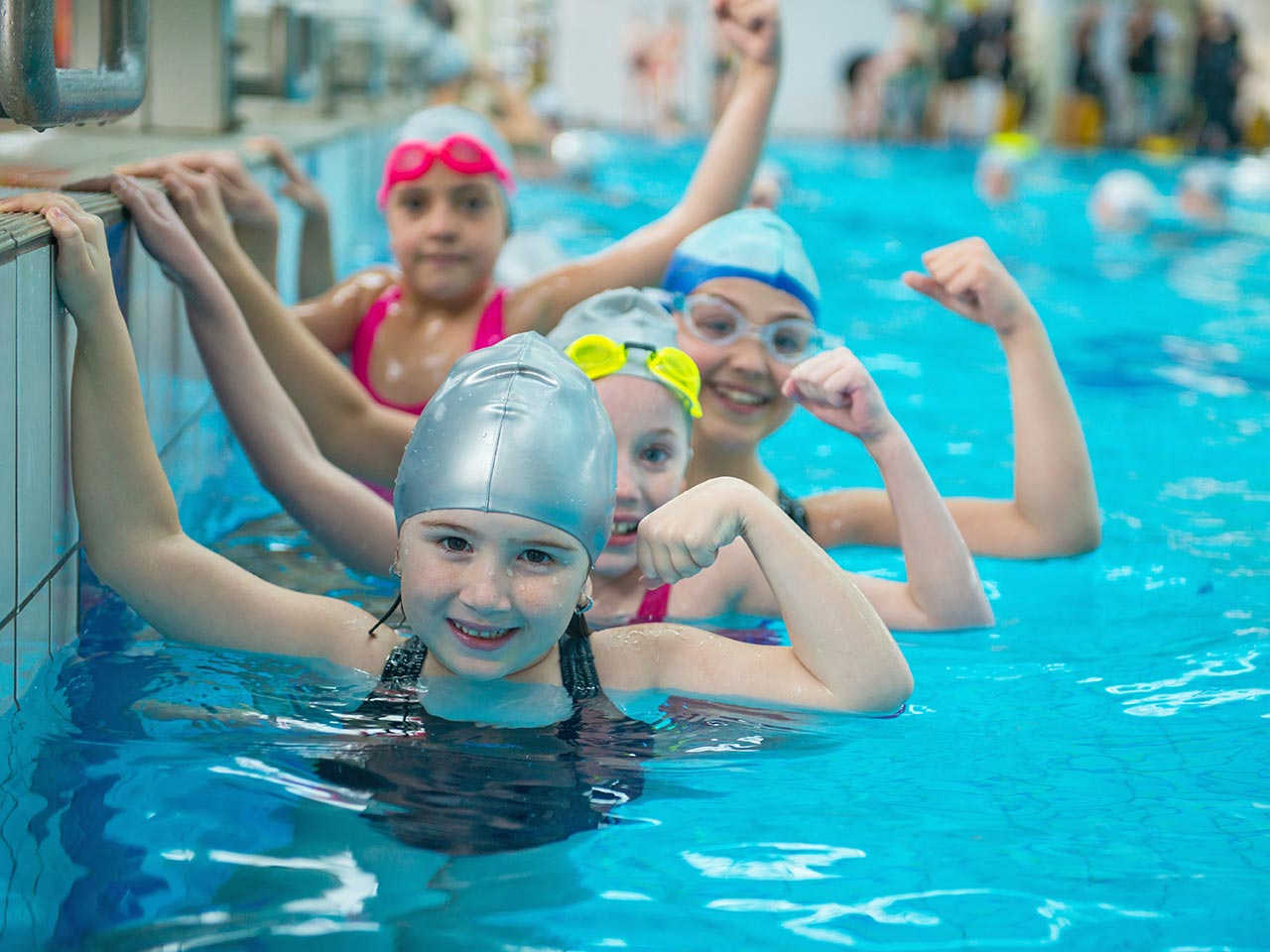The Benefits of Baby and Toddler Swimming Lessons for Early Development

And what every Aussie parent needs to know about water safety.
If you live in Australia, you already know how much of our lives revolve around water, whether it’s weekend beach trips, school camps, backyard pools or family holidays. Swimming is such a big part of our culture that we often assume our kids will “just pick it up.” But here’s something that might surprise you: many Aussie kids are leaving primary school without the swimming skills needed to stay safe.
Most children start swimming lessons when they’re young (which is great!), but a lot of them stop as soon as they can float or doggy paddle. The problem? Basic swimming isn’t enough when something goes wrong in the water. And that’s exactly why continuing lessons past the basics is so important.

The National Standard: What Your Child Should Really Be Able to Do
Australia’s National Swimming and Water Safety Framework, developed by Royal Life Saving Society Australia, lays out clear goals for kids at different ages. These benchmarks are designed not just for confidence, but for survival.
- By age 6: Swim 5 metres, submerge and float, and understand simple water safety rules
- By age 12: Swim 50 metres, tread water for 2 minutes, and perform basic rescues
- By age 17: Swim 400 metres, tread water for 5 minutes, perform a survival sequence in clothing, and rescue someone in deep water
If your child hasn’t mastered those milestones yet, don’t worry – you’re not alone. But it’s a sign that stopping swimming lessons after Stage 3 or 4 might be too soon.
The Reality: Too Many Kids Aren’t Prepared
Recent research paints a pretty concerning picture:
- Nearly half of Year 6 students in Australia can’t swim 50 metres or tread water for two minutes
- Around 40% of children leave primary school unable to swim the length of an Olympic pool
It’s easy to assume schools are filling in the gaps, but most school swim programs only run for a couple of weeks a year, and that’s not nearly enough time to build real proficiency. If lessons aren’t continued outside of school, kids miss the chance to learn crucial survival skills and build endurance.

Why Continuing Swimming Lessons Matters
So your child can float, do a bit of freestyle and feel confident in the pool – why keep going?
Here’s why sticking with lessons is so important:
1. Real Safety Comes from Real Skills
Kids who only know the basics aren’t prepared for real-world scenarios. Falling into a river, being caught in a rip or needing to help a friend in trouble are situations where basic skills won’t be enough. Ongoing lessons teach rescue skills, survival sequences, and how to react calmly and effectively in emergencies.
2. Swimming Builds Stamina Over Time
Treading water for five minutes or swimming 400 metres doesn’t come naturally. It takes time and practice. Advanced lessons build strength, endurance and confidence, which can make all the difference in a crisis.
3. Confidence Opens Doors
Kids who feel comfortable and skilled in the water are more likely to try fun aquatic activities like surfing, water polo or surf lifesaving. These sports not only boost fitness, they also teach team-building and water awareness.
4. It’s Great for Mental and Physical Health
Swimming is one of the best all-around workouts for kids. It’s low-impact, supports heart and lung health and can even reduce anxiety and stress. Plus, it’s a skill they’ll carry through life.
What If My Child Wants to Quit?
We get it. Life gets busy. Between school, sports and everything in between, swimming lessons can slip down the priority list. Add in rising costs or full schedules, and it can feel tempting to press pause.
But skipping this one could be the difference between panic and preparedness.
If your child wants to quit, it may be time for a mindset shift:
• Talk about goals beyond the pool, like saving a life, exploring nature safely or joining a surf lifesaving club
• Chat with their instructor about setting achievable challenges that keep them motivated
And remember, consistency now pays off for a lifetime of safety and freedom.
What About Teenagers or Older Beginners?
It’s never too late.
If your teen or even you as a parent missed out on proper swim education earlier, don’t feel discouraged. Many swim schools offer teen and adult programs designed for late starters or those returning after a break.
These programs focus on building water confidence, stamina and safety – not just stroke technique.
How to Know If Your Child Is “Swim Safe”
Not sure where your child stands? Ask yourself:
- Can they swim 50 to 100 metres non-stop?
• Can they float or tread water for two or more minutes?
• Do they know how to signal for help or rescue someone safely?
If the answer is no to any of these, continuing lessons is probably a good idea.
Talk to your child’s swim instructor or check out the Royal Life Saving Society benchmarks.
Final Thoughts
Stopping swimming lessons too early is like teaching your child to pedal a bike but never taking off the training wheels. They might look like they’re managing, but they’re not really prepared for the road ahead.
In a country surrounded by water, being a strong swimmer isn’t optional – it’s essential. So whether your child is six, twelve or a teenager, keep going with swimming lessons.
The payoff isn’t just skill. It’s confidence, freedom and safety for life.
Ready to Take the Next Step?
Let us help you ensure your child is swim-safe and thriving in the water.
many Aussie kids are leaving primary school without the swimming skills needed to stay safe.
Want to find out more?
contact us and we will find the best solution for you and your child. If you want to give us a go, we have a questionaire to help find out what class is suitable for your child.